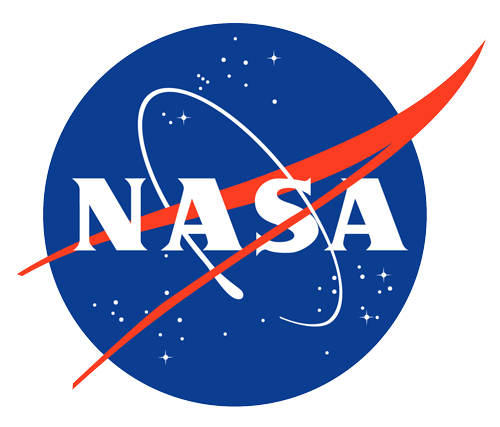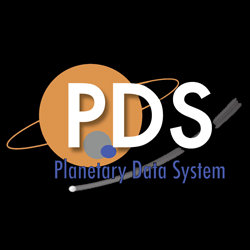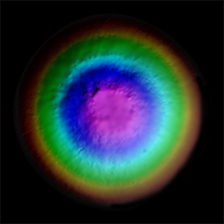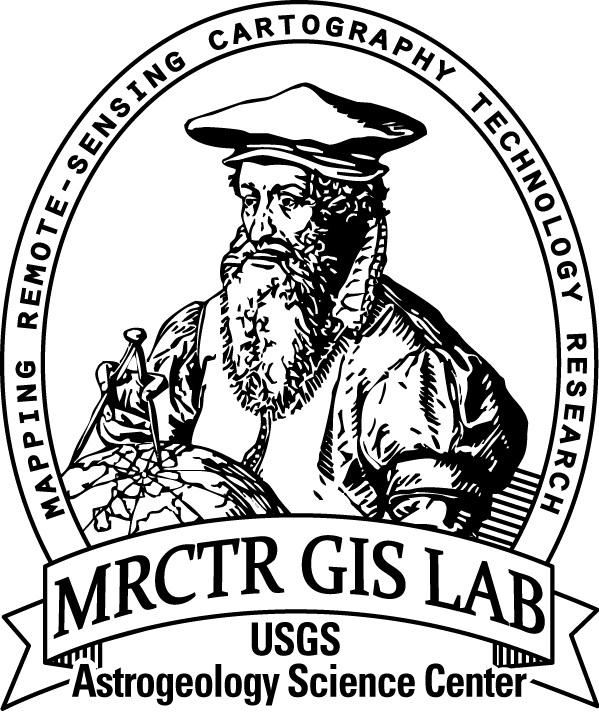Enceladus Cassini Global DEM 200m Schenk
- Primary Authors
- Schenk, Paul M., McKinnon, William B.
- Originators
- Lunar and Planetary Institute/USRA
- Publisher
- Planetary Data System
- Publication Date
- 2024-08-12
- Abstract
- This new global topographic map of Enceladus represents our best and most accurate shape model and DEM of the surface of this active icy moon of Saturn (Schenk and McKinnon, 2024). It represents an integration of the most up-to-date and reliable image-based control network global shape solution and nearly 100 individual stereo image digital elevation models (DEMs), with horizontal post spacings (or footprints) of ~400 meters and vertical precisions of roughly 25-100 m depending on location. Contact P Schenk (Lunar and Planetary Institute) for additional information. Details of map production and restrictions are in Schenk and McKinnon (2024). The digital elevation model (DEM) of Enceladus is at 200-meter per pixel and built from Cassini ISS data. Construction of the global image mosaic and stereogrammetric DEM of Enceladus requires accurate cartographic alignment of each image by updating of their camera pointing vectors to a higher precision than that required for simple mapping and mosaic construction. The methods used for updating image camera pointing vectors used here for Enceladus are identical to those used for Pluto and Charon (Schenk et al., 2018a, Schenk et al., 2018b), with the natural exceptions that only framing camera images were used here (Cassini ISS NAC and WAC) and the control network of control points used to register the Enceladus images was globally complete and uniform in density. Construction of accurate stereo products requires that images be precisely aligned to their true locations on the surface. This task was accomplished by constructing a global photogrammetric control network (PCN) using the USGS ISISv6 control network toolkit, namely qnet and jigsaw, the latter of which performs the camera kernel bundle adjustment by minimizing the residuals for each control point linking features in overlapping images. The bundle adjustment solved for both the location (in map coordinates) and radius of each control point, using the updated triaxial shape of Thomas et al. (2016) as a starting reference (a = 256.2 ± 0.3, b = 251.4 ± 0.2, c = 248.6 ± 0.2 km, where the uncertainties are 2σ). We also use the final 2020 Cassini trajectory kernels from NAIF, including spacecraft position and planetary definition kernels. Our derived maps are shown as elevations relative to this ellipsoidal reference shape. The control points are well-distributed in latitude and longitude including those derived from north polar images taken during the November 2016 non-targeted but close flyby of Enceladus during Cassini Rev. 250. For more information see Schenk and McKinnon 2024. Cite: Schenk, Paul. M., McKinnon, William, B., 2024, New global topography of Enceladus: Hypsometry, basins, spherical harmonics, shell thickness, and true polar wander revisited, Icarus, Volume 408, 15 January 2024, 115827, DOI: https://doi.org/10.1016/j.icarus.2023.115827. References: Schenk, P. Hamilton, D.P., Johnson, R.E., McKinnon, W.B., Paranicas, C., Schmidt, J., Showalter, M.R., 2011, Plasma, plumes and rings: Saturn system dynamics as recorded in global color patterns on its midsize icy satellites Icarus, 211, pp. 740-757, 10.1016/j.icarus.2010.08.016. Schenk, P.M., Beyer, R.A., McKinnon, W.B., Moore, J.M., Spencer, J.R., et al., 2018a, Basins, fractures and volcanoes: global cartography and topography of Pluto from new horizons, Icarus, 314, pp. 400-433, 10.1016/j.icarus.2018.06.008. Schenk, P.M., Beyer, R.A., McKinnon, W.B., Moore, J.M., Spencer, J.R., et al., 2018b, Breaking up is hard to do: global cartography and topography of Pluto’s mid-sized icy moon Charon from new horizons, Icarus, 315 (2018), pp. 124-145, 10.1016/j.icarus.2018.06.010. Thomas, P.C. Tajeddine, R., Tiscareno, M.S., Burns, J.A., Joseph, J., Loredo, T.J., Helfenstein, P., Porco, C., 2016, Enceladus’s measured physical libration requires a global subsurface ocean, Icarus, 264, pp. 37-47, 10.1016/j.icarus.2015.08.037
- Purpose
- Mosaic and DEM to help reveal that the shape of this active icy ocean world is distorted from a simple triaxial ellipsoid.
Contact and Distribution
- Format
- Archive, Control Network, Digital Elevation Model, Global Mosaic, Grey Scale, Raster Data, Topographic Map
- Access Constraints
- None
- Access Scope
- PDS
- Use Constraints
- Please cite authors
- Supplemental Information
- https://www.sciencedirect.com/science/article/pii/S0019103523004062#da0005
- Native Data Set Environment
- ESRI Arcinfo, ISIS v3
- Astrogeology Theme
- Control Network, Geographic Information System (GIS), Geomorphology, Photogrammetry, Remote Sensing, Satellites, Topography
- Mission Names
- Cassini-Huygens
- Instrument Names
- ISS
- Digital Product?
- yes
- Online Package Link
- https://astrogeology.usgs.gov/search/map/enceladus-cassini-global-dem-200m-schenk
- External File Size
- 124 MB
- Online File Link
- https://asc-astropedia.s3.us-west-2.amazonaws.com/Enceladus/Cassini/Enceladus_Cassini_DEM_global_200m_schenk2024.tif
Data Status and Quality
- Time Period of Content (start)
- 1999-01-09
- Time Period of Content (stop)
- 2000-10-01
- Currentness Reference
- Ground condition
- Progress
- Complete
- Update Frequency
- As needed
- Logical Consistency
- Horizontal post spacings (or footprints) of ~400 meters horizontal and vertical precisions of roughly 25-100 m depending on location. Vertical DN values (elevation heights) are in kilometers (-2.73305 to 2.33912 km).
Lineage
- Process Date
- 2024-08-12
- Source Name or Organization
- Planetary Data System
- Source Publication Date
- 2005-06-10
- Source Title
- Cassini Imaging Science Subsystem (ISS)
- Source Online Linkage
- {https://pds-imaging.jpl.nasa.gov/volumes/iss.html, https://pds-imaging.jpl.nasa.gov/portal/cassini_mission.html}
- Source PDS Archive
- Cassini
- PDS Status
- PDS 4 Compatible
- Type of Source Media
- Online
- Horizontal Positional Accuracy Report
- Accurate to Control Net
- Vertical Positional Accuracy Report
- Accurate to Control Net
- Entity and Attribute Detailed Description
- Vertical DN values (elevation heights) are in kilometers (-2.73305 to 2.33912 km).
Geospatial Information
- Target
- Enceladus
- System
- Saturn
- Minimum Latitude
- -90
- Maximum Latitude
- 90
- Minimum Longitude
- 0
- Maximum Longitude
- 360
- Object Type
- Pixel
- Raster Row Count (lines)
- 4025
- Raster Column Count (samples)
- 8049
- Bit Type (8, 16, 32)
- 32
- Radius A
- 256200.0
- Radius C
- 256200.0
- Control Net
- itself is the control network
- Bands
- 1
- Pixel Resolution (meters/pixel)
- 200
- Scale (pixels/degree)
- 22.3577
- Horizontal Coordinate System Units
- Meters
- Map Projection Name
- Equirectangular
- Latitude Type
- Planetocentric
- Longitude Direction
- Positive East
- Longitude Domain
- 0 to 360



















